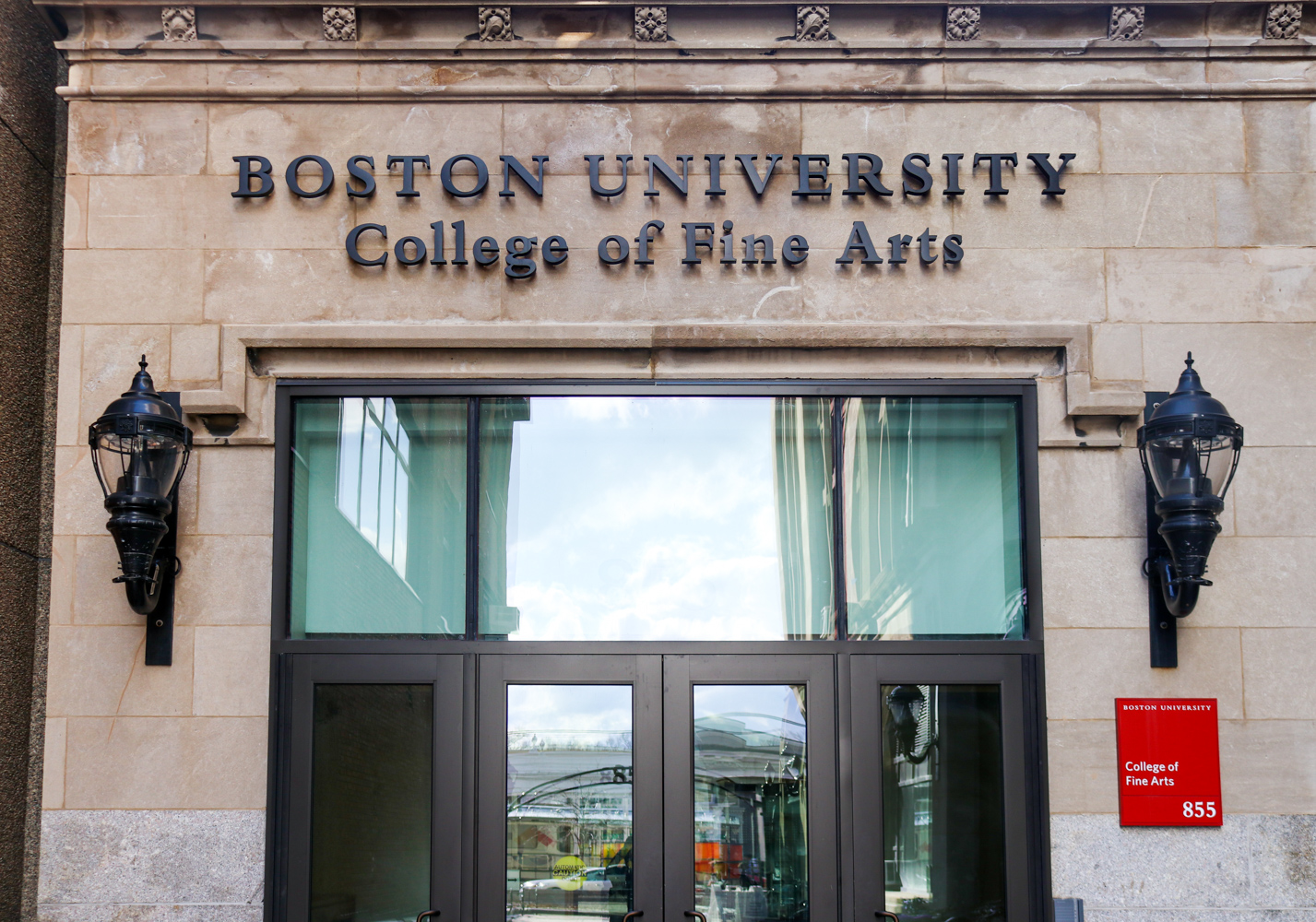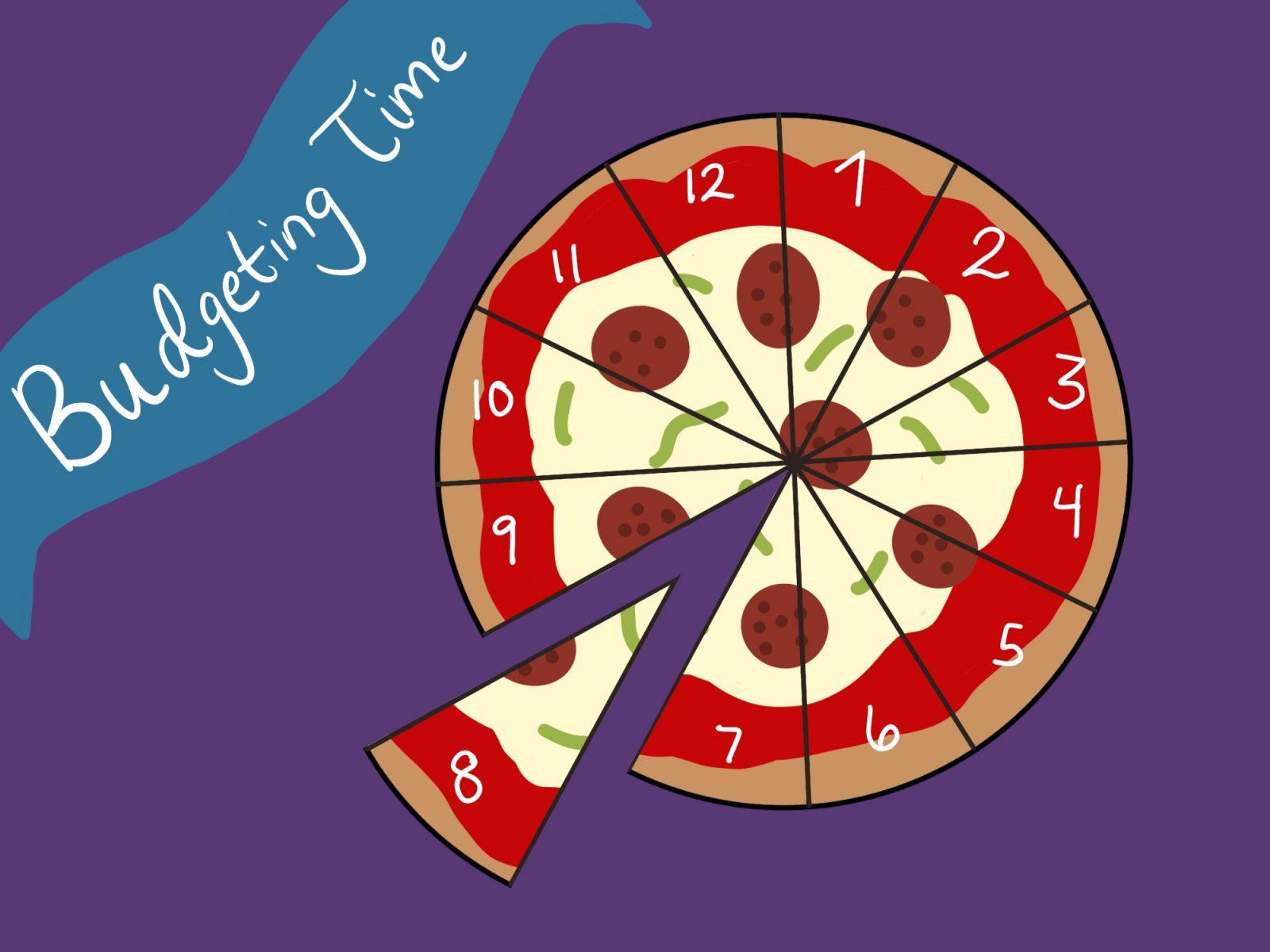Many students at colleges such as Boston University who apply for financial aid each year face significant challenges in comprehending their situations as described by financial aid award letters, according to a new study.
The study, released Tuesday by the National Association of Student Financial Aid Administrators, found that aid award letters are sometimes unclear and do not provide information in simple enough terms.
“The purpose of the study was to understand what students’ parents did or did not understand on each letter and what they thought could be improved,” said Abby Miller, senior research associate at JBL Associates, the agency that conducted the study. “… [Students and parents] just want to know simply in layman’s terms the bottom line: How much do I owe?”
The preferred award letter was a hybrid of both a NASFAA-designed award notification and of the U.S. Department of Education financial aid “Shopping Sheet,” according to the study.
“The majority of respondents were able to decipher basic information such as the total cost of attendance … but relatively few were able to correctly respond to questions about financial aid terminology, such as direct and indirect costs or subsidized and unsubsidized loans,” the study stated.
Mark Kantrowitz, financial aid expert and FinAid.org publisher, said financial aid letters often contain irrelevant information that can be confusing and that letters could be improved by ordering information in a simple, user-friendly manner.
“They need to have a realistic, bottom-line cost … that reflects the amount of money the family is going to have to pay from savings, income and loans in order to cover the college cost,” he said.
Kantrowitz said transparency in the format of financial aid award letters is not a priority for schools.
“Part of the reason for [the lack of transparency] is that there are no mandatory federal disclosure requirements,” he said. “Only about 10 percent of schools have signed up to use the financial aid shopping sheet.”
Kantrowitz said there are other problems with financial aid award notifications such as the failure to separate loans from grants and the lack of finality of the total aid package.
“The award letter isn’t really final,” said Kantrowitz. “Your final bursar’s bill could be substantially different than the award letter.”
BU spokesman Colin Riley said BU officials intend to make BU financial aid letters as clear as possible.
“Boston University is continually working to improve our communication to students and their parents regarding cost and financial aid available to our students,” he said.
Riley said BU offers online calculators and other materials available to help students and parents understand their award letters.
“We provide the information, we have these calculators there, but we can’t tell people what to do,” said Riley. “They need to seek external guidance, not university guidance.”
Yesenia Rodriguez, a College of Arts and Sciences junior, said she reached out to BU’s Financial Assistance office for clarification and received mixed responses.
“The first time they were really helpful, the second time they weren’t,” Rodriguez said. “They put me on hold and they tried to redirect me.”
Jordan Serrano, a School of Management senior, said the layout of the BU Student Link web resource makes information clearer and has assisted him in understanding his financial aid package.
“It’s kind of confusing when … you have to sort through everything that you get because of your loans and financial aid,” he said. “I’ve read through [my financial aid] and I went to a loan dismissal event because I’m graduating, so they were telling me information about my loans.”
CAS freshman Almaz Messgna said without external help, she would not have understood the details of her financial aid package.
“There was a course at my high school so I got lucky,” she said. “If my teacher didn’t sit me down and tell me about financial aid, then I wouldn’t have known.”
























































































































